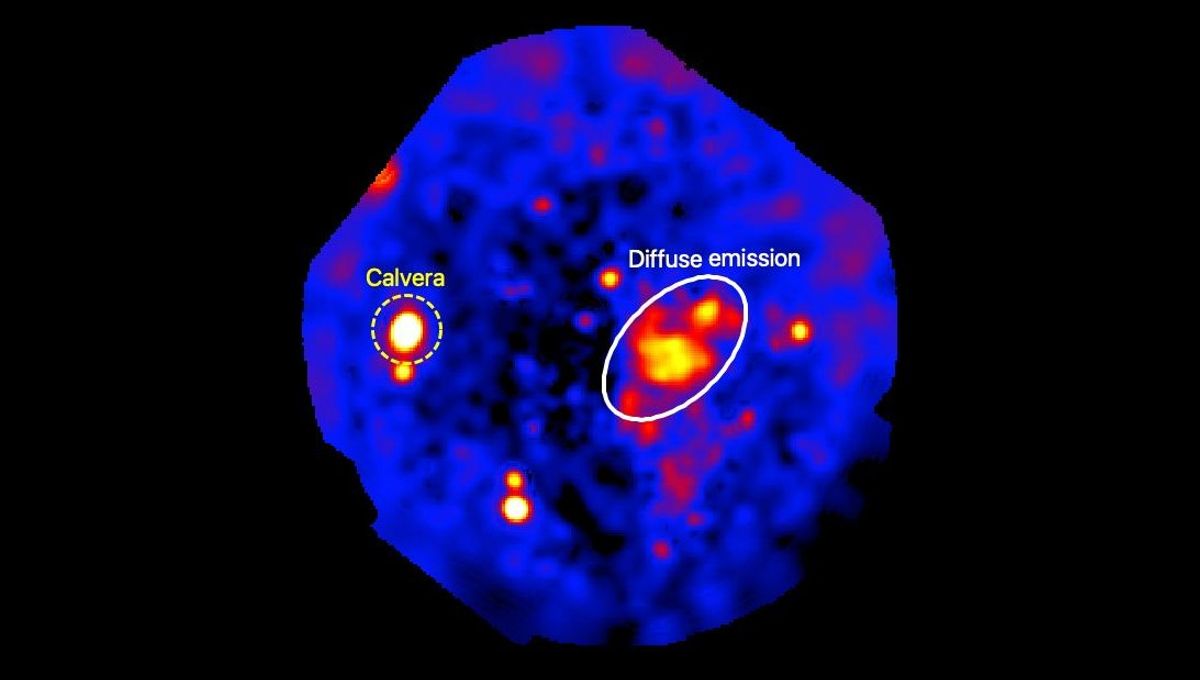
Our galaxy, the Milky Way, can be easily compared to a pizza or a pancake; sure, it bulges in the middle, unlike a pizza, but mostly it all happens in a flat-ish disk. There is stuff above and below the plane of the Milky Way, but it’s an area of low density with few stars. It was therefore surprising to find a supernova remnant there, since there is not much activity. It was also surprising to find a pulsar there, tens of thousands of light-years away from that supernova remnant, again for the same reason. Now, researchers think that these two improbable objects are related.
The rest of this article is behind a paywall. Please sign in or subscribe to access the full content.
Pulsars are a type of pulsating neutron star. Neutron stars are a possible end product of supernovae, the fatal explosions that massive stars experience at the end of their life. A supernova remnant is made of the plasma released during the explosion interacting with the stellar material released in the time before the explosion. And a supernova is powerful enough to give a good kick to the pulsar.
The system called Calvera, after the villain in The Magnificent Seven, is located 37 degrees above the galactic plane at 6,500 light-years from us. The two parts of Calvera, the pulsar and supernova remnant, are between 13,000 and 16,500 light-years apart, and the explosion must have taken place between 10,000 and 20,000 years ago.
“Massive stars – that is, at least eight times more massive than the Sun – form almost exclusively in the galactic plane, where the gas density is highest and favors star birth,” lead author Emanuele Greco, from the Istituto Nazionale di Astrofisica, said in a statement translated by IFLScience. “Finding their remnants at such distances from the plane is extremely rare. Our analysis has allowed us to more precisely estimate the distance, age, and even the characteristics of the possible progenitor star that gave rise to both the Calvera pulsar and its supernova remnant.”
The work really challenges the expectation of what can exist and what might happen beyond the galactic plane. While events such as Calvera might be unusual, they are not impossible.
“Our study shows that even the quietest and seemingly empty regions of the galaxy can harbor extreme processes,” concluded Greco. “Not only have we precisely constrained the physical properties of the Calvera system, but we have also demonstrated that, locally, it is possible to find densities sufficient to generate X-ray and gamma-ray emissions even very far from the galactic plane. This discovery invites us to look with new eyes at the Milky Way’s peripheries.”
The study is published in the journal Astronomy & Astrophysics.
Source Link: Pulsar Fleeing A Supernova Spotted Where Neither Of Them Should Be